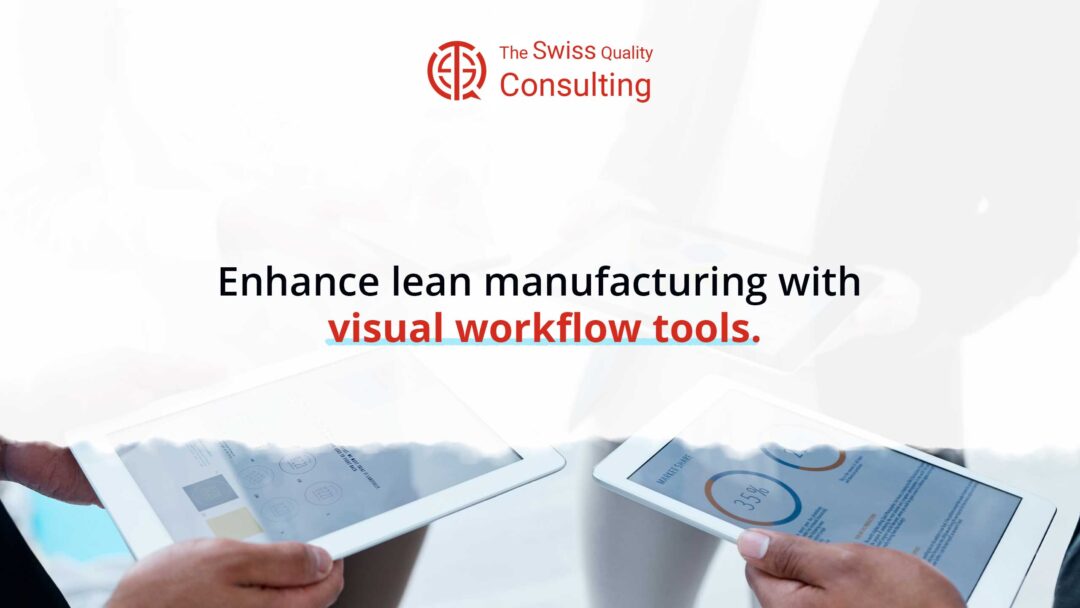Visual Harmony: Elevating Lean Manufacturing through Innovative Workflow Tools
In the ever-evolving landscape of manufacturing, the implementation of lean principles coupled with visual workflow tools has emerged as a transformative strategy. This blog delves into various ways to enhance lean manufacturing with visual workflow tools to streamline production processes, minimize waste, and foster a culture of continuous improvement.
In the quest for operational excellence, lean manufacturing has proven to be a game-changer. At its core, lean manufacturing is about eliminating waste, optimizing processes, and creating value for customers. Visual workflow tools complement these principles by providing a tangible and accessible way to communicate, track, and improve the flow of work within the manufacturing environment.
Understanding Ways to Enhance Lean Manufacturing with Visual Workflow Tools
Lean manufacturing operates on the fundamental principles of reducing waste, increasing efficiency, and continuously improving processes. By focusing on value stream mapping, just-in-time production, and empowering employees at all levels to contribute to process improvement, lean manufacturing sets the stage for a more streamlined and responsive production system.
The Role of Visual Workflow Tools in Lean Manufacturing
Visual workflow tools bring the principles of lean manufacturing to life by making processes transparent and easily understandable. From Kanban boards to digital dashboards, these tools provide a visual representation of the production workflow, making it simpler for teams to identify bottlenecks, monitor progress, and collaborate effectively.
Streamlining Production Processes with Visual Cues
Visual cues play a pivotal role in lean manufacturing, signaling the status of work and highlighting areas for improvement. Whether through color-coded Kanban cards or digital displays, these cues enable quick decision-making and facilitate a more responsive and adaptive production environment. Visualizing the flow of work helps teams identify inefficiencies, reduce lead times, and enhance overall production efficiency.
Implementing Visual Workflow Tools: Best Practices
To fully harness the benefits of lean manufacturing with visual workflow tools, organizations must follow best practices in implementation. This includes providing adequate training for personnel, integrating visual tools into existing workflows, and fostering a culture of continuous improvement where employees actively contribute to refining processes based on visual insights.
The Business Impact of Lean Manufacturing
Beyond operational improvements, there is a compelling business case for embracing lean manufacturing with visual workflow tools. The reduction of waste, increased efficiency, and quicker response to market demands contribute to cost savings and enhanced customer satisfaction. Businesses that adopt lean principles often experience improved competitiveness and a more sustainable and resilient manufacturing operation.
Overcoming Challenges to Enhance Lean Manufacturing with Visual Workflow Tools
While the benefits are significant, implementing lean manufacturing with visual workflow tools may pose challenges. These could include resistance to change, the need for technology adoption, and ensuring consistent adherence to lean principles. Addressing these challenges requires a comprehensive change management strategy and a commitment to fostering a culture of continuous improvement.
Looking Ahead: Enhance Lean Manufacturing with Visual Workflow Tools
As technology continues to advance, the future of lean manufacturing holds exciting possibilities. Augmented reality interfaces, advanced data analytics, and the integration of Internet of Things (IoT) devices into visual workflows are among the innovations shaping the next phase of lean manufacturing. Staying abreast of these developments ensures that organizations remain at the forefront of efficiency and innovation in the manufacturing sector.
Conclusion: Transforming Manufacturing Through Visual Excellence
In conclusion, the marriage of lean manufacturing principles with visual workflow tools represents a transformative approach to production. By making processes visible, organizations can streamline workflows, reduce waste, and foster a culture of continuous improvement. As we navigate the future of manufacturing, embracing visual excellence is not just an option; it’s a strategic imperative for staying agile, efficient, and competitive in an ever-changing industrial landscape.
#LeanManufacturing #VisualWorkflow #ContinuousImprovement #OperationalExcellence #ManufacturingInnovation #EfficiencyInProduction









